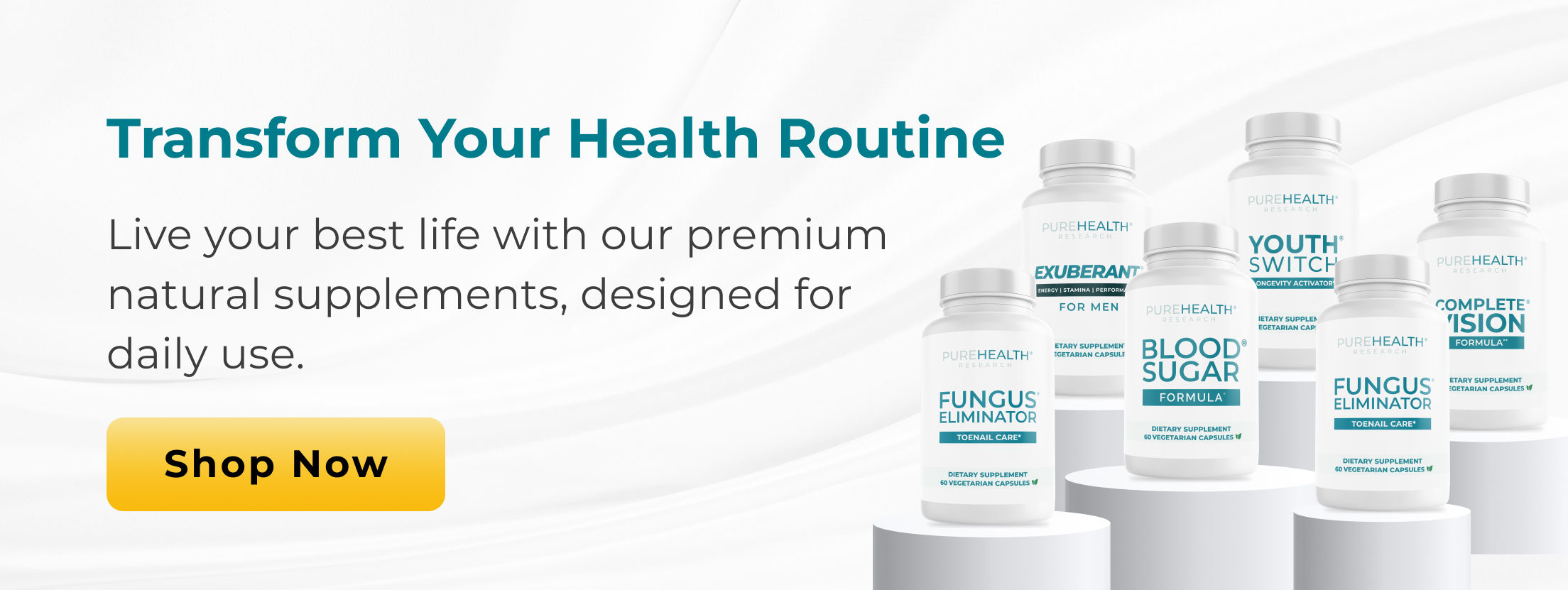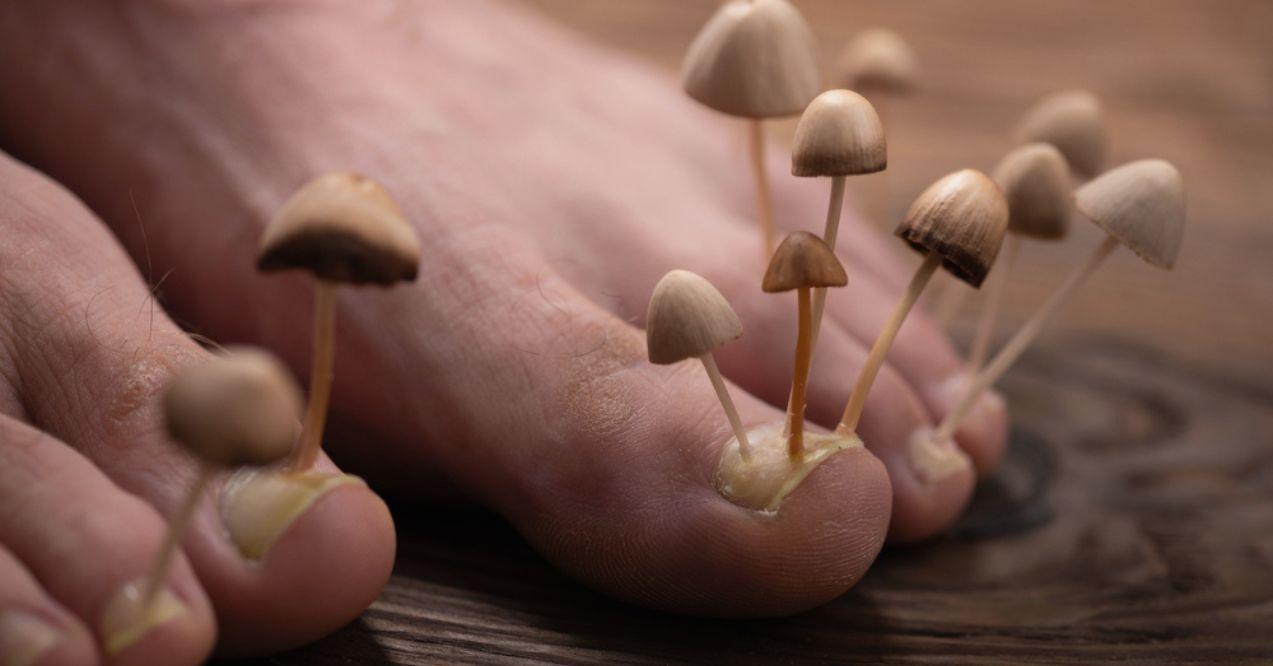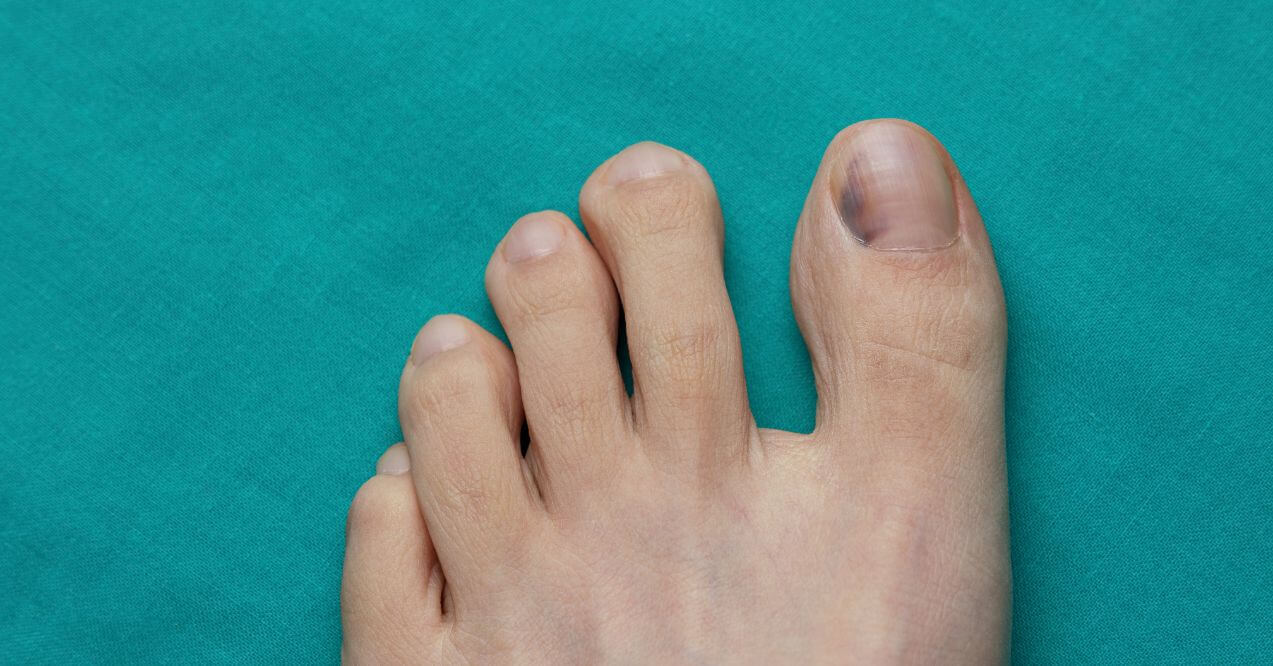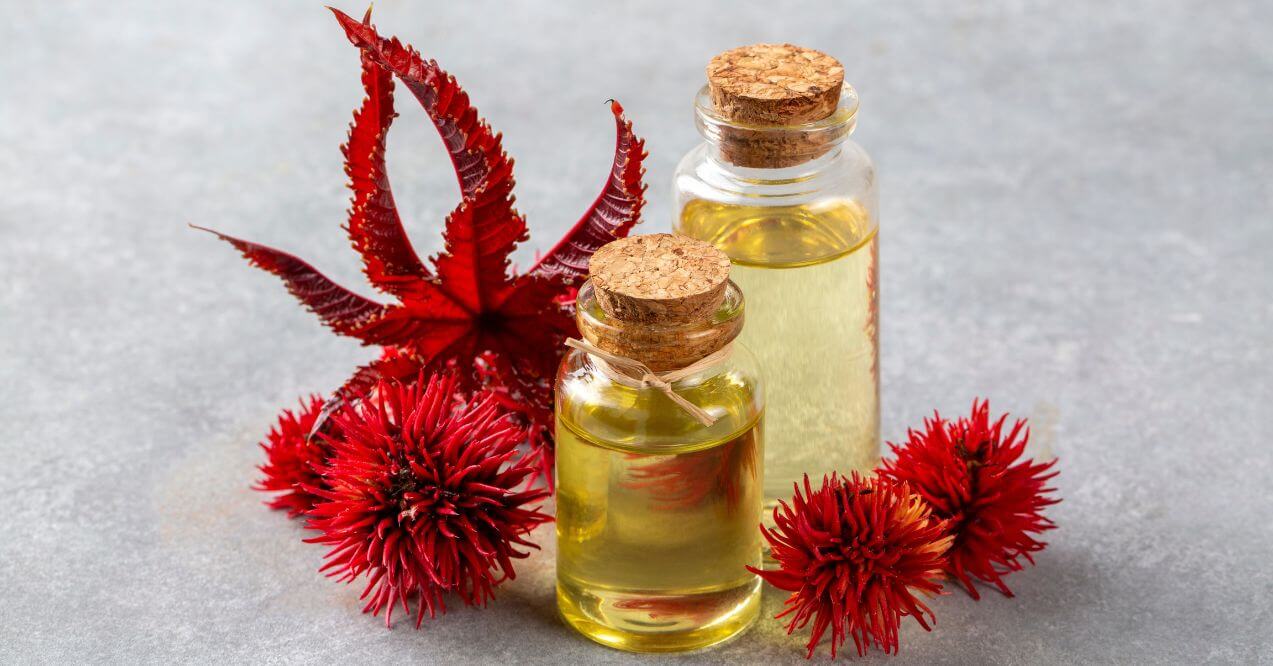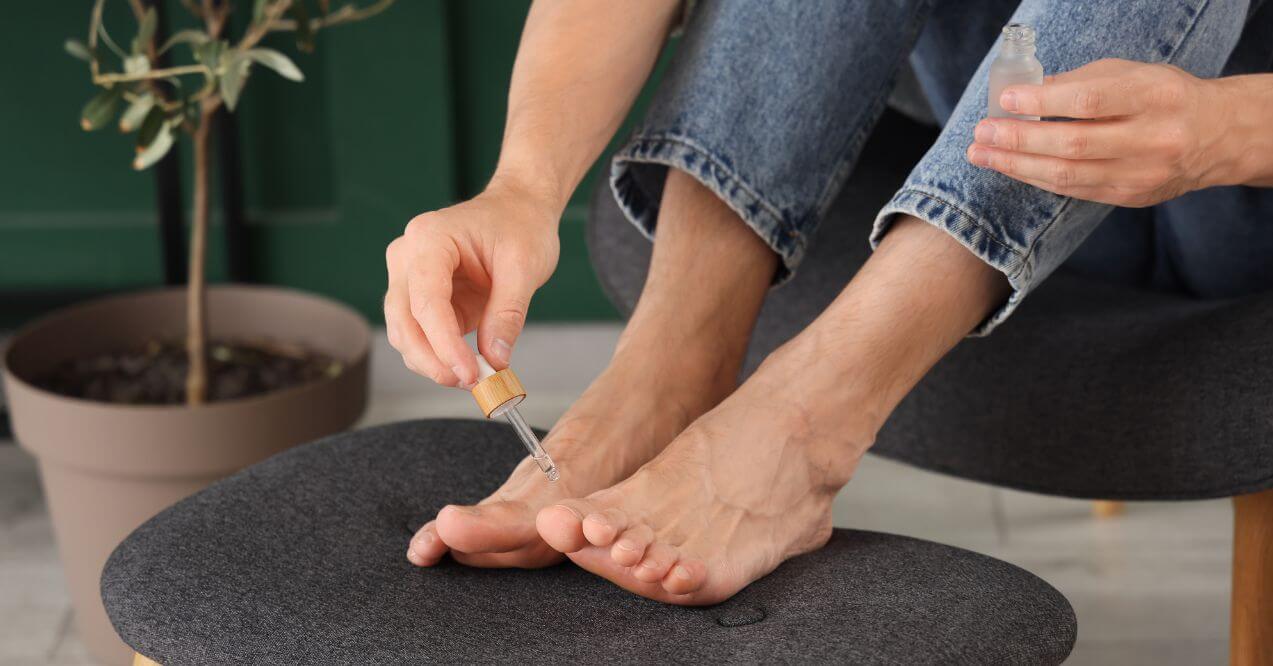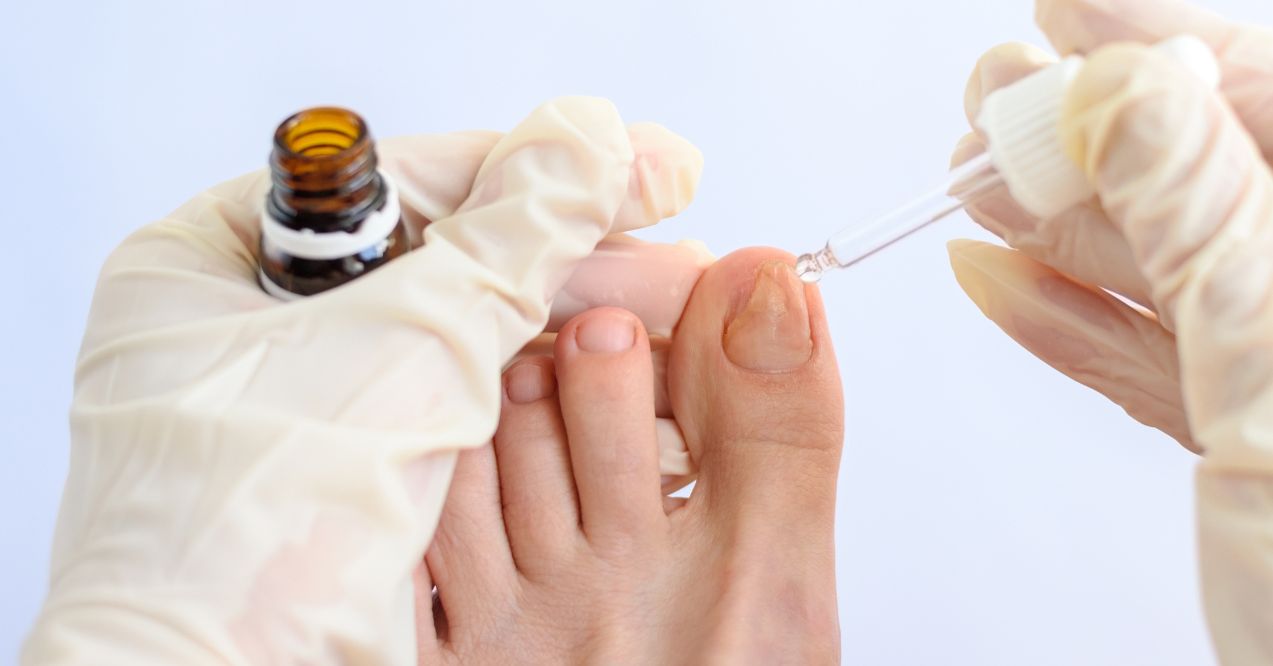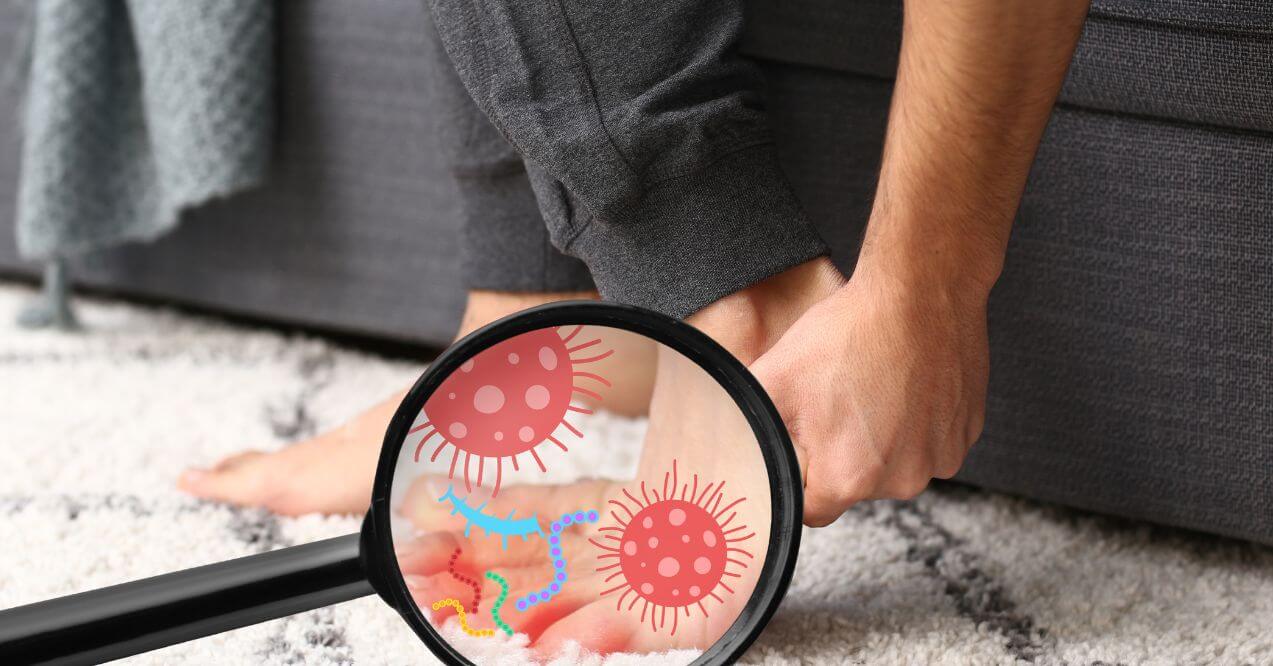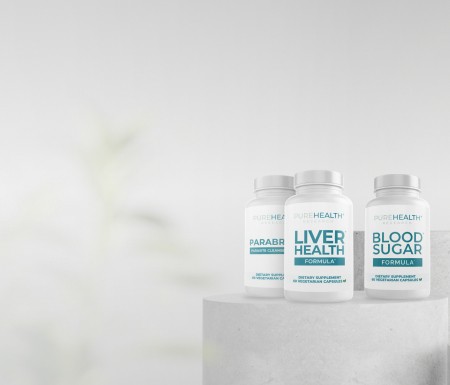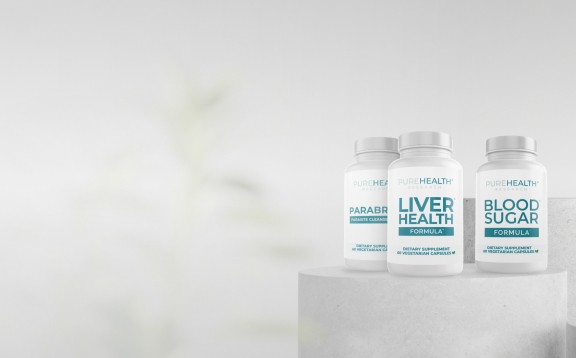Stages of Toenail Fungus: A Detailed Look
Medically reviewed by our experts
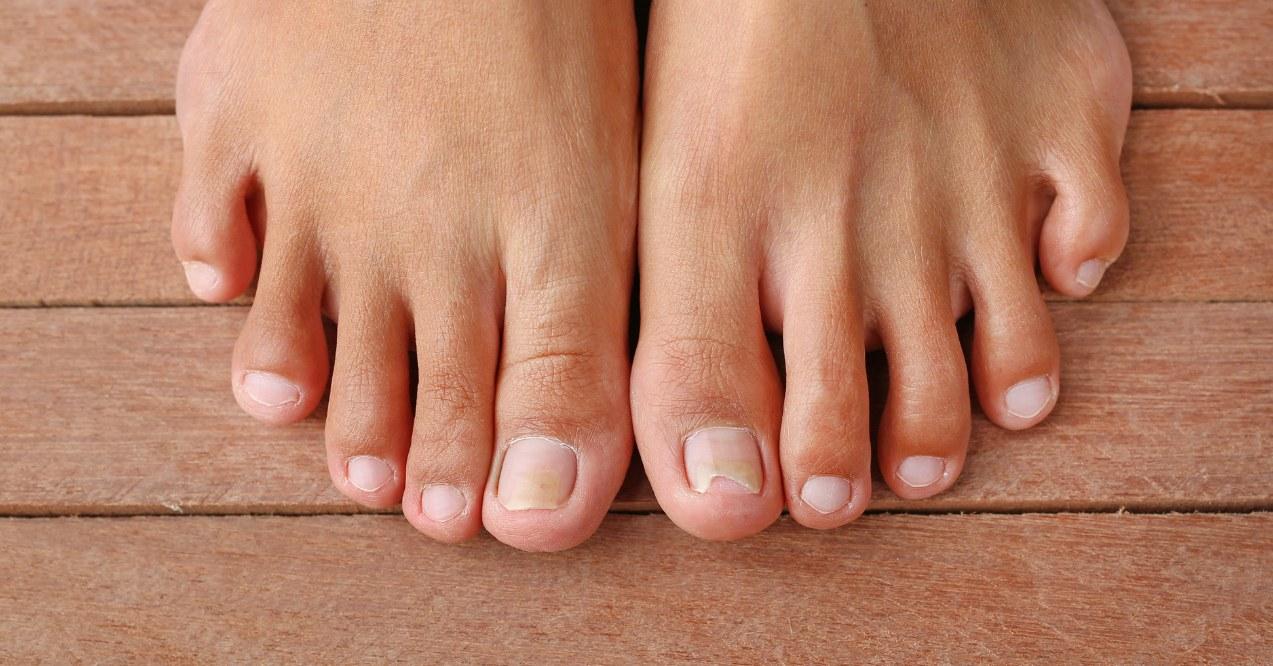

As you move through the stages of toenail fungus, your nail changes color and thickness. Unfortunately, fungus invasions are a common condition affecting millions of people worldwide. It brings about discomfort and affects the appearance of the nail, which in turn brings embarrassment. Many people do not take notice of the condition, while others act when it is too late. In both cases, the victim ends up with a severely discolored and thick nail that is hard to treat.
This condition is the effect of various fungi that thrive in warm and moist environments, which are plentiful around the globe. The toe provides the ideal setting for the fungi to multiply or proliferate. Most people do not dry their nail beds well, while others work in wet environments for extended periods. Other body conditions may also predispose people to getting the condition.
In this guide, we will look at the problem in detail. We shall explore the cause and progression of the condition, early and late signs, as well as ways to provide relief to your toenails. In addition, we shall delve into the care routine to keep your nails healthy and debunk some of the myths surrounding the condition.
What Is Toenail Fungus?
Toenail fungus is a common condition. It can affectboth the fingernail and toenail. The condition typically starts as a brown or yellow spot under the tip of the toenail that is barely noticeable. As the condition progresses, the nail becomes discolored, brittle, and thickened. It eventually crumbles at the edges.
This condition may be caused by various fungi, such as yeast and mold. In some cases, bacteria is also the cause. However, subungual onychomycosis is the most common type of onychomycosis. This dermatophyte is notorious for invading the nail bed. Other types include a white superficial attack that only affects the nail surface. Finally, Candida yeast is common to target the fingernails.
What Are the Stages of Toenail Fungus?
The toenail fungus moves through distinct stages as it progresses. You may notice a specific set of symptoms at each phase. The duration of the stages and their impacts on nail appearance also vary. This section explains the distinct symptoms to help you determine the state of your nail health. By understanding this section, you’ll understand what to expect as you go through the stages of toenail fungus healing.
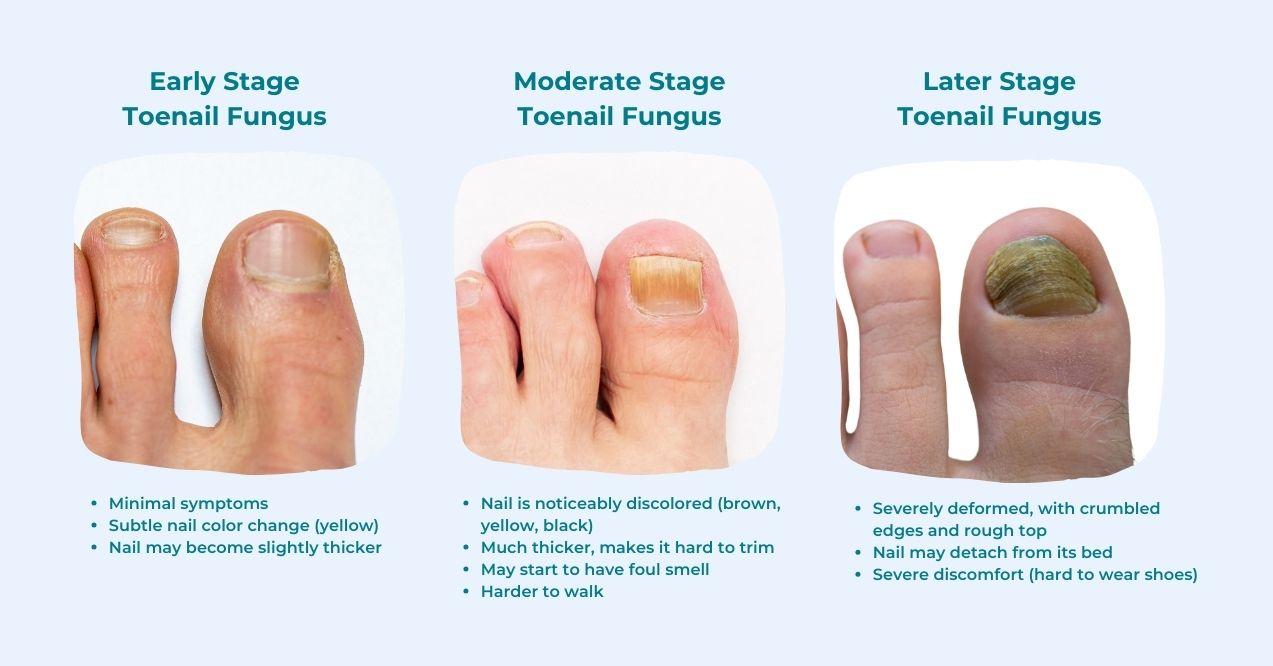
Early Stages Toenail Fungus
The early stages of toenail fungus have minimal symptoms. Many people do not notice the subtle changes in their toenails. However, if you are keen enough, you can tell that something is wrong. At this stage, you may notice subtle signs like a change in the nail color, usually yellow or white. In some cases, the nail may become slightly thicker or brittle.
The discomfort at this stage is minimal. However, if you wear shoes with a tight fit, you may notice some itching on the edges and discomfort with increased pressure.
Moderate Stages of Toenail Fungus
As the fungus progresses, the symptoms become more noticeable, and the discomfort increases. In the moderate stage, the nail is noticeably discolored. It may have turned brown, yellow, or black. It also becomes significantly thicker, which makes it hard to trim effectively. Additionally, in this stage, you may start to wonder, “why do my toenails smell?” It’s typically a result of fungal or bacterial infections that thrive in moist, warm environments.
In some cases, the nail may start to emit a foul odor, especially if one wears closed shoes for long. Due to the increased nail thickness and damage to the nail bed, there might be increased discomfort and an inability to walk properly. If the fungus is only superficial, you may now notice a white powdery surface.
Later Stages of Toenail Fungus
In the later stages of toenail fungus, your nail becomes severely deformed. The edges may be crumbling, and the surface may be rough. Besides, the nail may become thick and hard to trim. Another notable symptom is the severe discomfort. At this stage, the nailbed will show visible damage, affecting the skin tissues around it. This makes it hard for the individual to wear shoes.
In other cases, the nail may detach from its bed, a condition called onycholysis. The condition causes the nail to fall from the toe and leaves a thick brown or black stump in its place. Your nail may not grow back as long as you have not treated the condition appropriately. The stages of toenail growing back after fungus will be slow if one lets the condition worsen to this level.
At this point, you might be wondering how to know if toenail fungus is dying. This is crucial as it can help you understand if your treatment is working. When toenail fungus is dying, you may notice that the discoloration is fading and the nail is starting to return to its normal color. The thickness of the nail may also decrease. However, it’s important to continue your treatment until all symptoms have completely disappeared to ensure the fungus is completely eradicated.
What Causes Toenail Fungus Appearance?

One of the telltale signs of toenail fungus is the change in the appearance of the nail. When the fungus invades the nail bed, it leads to differences in the composition of the nail, which causes a shift in color.
As dermatophyte fungus grows at the nail bed, it uses up keratin, which is a structural protein that gives the nails their stiff quality. As the fungus breaks down the keratin, the nail lacks the building blocks it needs to keep going. This leads to changes in appearance and texture.
Other conditions may also cause the nail to have a similar appearance as that of the fungus. They include malignant cell growth around the nail and psoriasis, which also causes pitting and crumbling. If your efforts do not bear fruit in alleviating the toenail appearance, you may consider checking for these other conditions.
You may also have predisposing factors that increase the risk of the fungus, such as excessive foot sweating, older age, and an athlete’s foot condition. Repeated nail injuries and walking barefoot in damp public areas may also increase the chances of contracting fungus and change in toenail appearance. Work on minimizing these predisposing factors to lower the chances of an invasion and eventual toenail discoloration.
Myths vs. Facts About Toenail Fungus
There are several myths that cause people to make wrong decisions about their feet and toenails. Let’s explore some of the legends about the fungus and expose the truth to help you take care of your nails better.
Myth 1: Toenail is just a cosmetic issue.
Fact: Toenail fungus is more than a cosmetic problem. It is an actual medical condition that leads to discomfort, varying from mild to severe as it progresses. Over time, it permanently damages the nail and causes it to lift away from its bed. Other symptoms that show that it is a severe condition are that the nail becomes brittle, thick, and discolored.
Myth 2: Toenail fungus will heal on its own.
Fact: It is mission impossible that the toenail fungus will resolve independently. Studies show that the condition worsens when left unattended and may spread to other toenails and can enter your bloodstream and reach organs. If not attended to immediately, it causes permanent or extensive damage to the nail. Therefore, you should take steps to resolve the matter before it gets out of hand.
Myth 3: Toenail fungus only occurs with poor hygiene.
Fact: Toenail fungus can affect everyone, even if they clean their feet. Since the fungus thrives in warm and moist environments, it is easy for it to find its way into your feet. You should not lower your guard, even during the cold weather. Always keep your feet dry and avoid any conditions that promote fungal growth. Those at higher risk, such as older individuals, people with a history of athlete’s foot, and those with a weakened immune system, should take extra care of their feet.
Self-Care to Promote Toenail Fungus Healing

Taking good care of your toenails can help preserve healthy feet. If toenail fungus is already in progress, it can help promote recovery along with the appropriate medical treatment or natural solutions. Here are some ways you can care for healthy and infected nails.
Start by maintaining good foot hygiene. Keep your feet clean and dry, especially on the toenails and between the toes. Fungi thrive in moist, warm environments. So, consider washing your feet with soap to remove any dead skin and dirt that may be breeding grounds for the pathogens.
Consider buying absorbent socks and changing them regularly to stop moisture buildup. Ideally, wear clean socks each day to stem the growth of pathogens. In the same spirit, opt for shoes made of breathable materials like canvas or leather, both of which allow for better airflow. Do not go for tight-fitting shoes as they squeeze the toes and create warmth, a conducive environment for fungal growth.
Also, practice proper nail care. Trim your nails straight to reduce the risk of ingrown nails. Also, avoid sharing files and nail clippers, as they may spread the fungus. If you have a problem keeping your feet dry, you may use skin powders and sprays to discourage the growth of the fungus.
You should also avoid walking barefoot in public areas. Fungi may be present in damp areas in the form of spores. These eventually reach your feet and attack the toenails. Consider wearing sandals or flip-flops around swimming pools, saunas, gym showers, and locker rooms to lower the risk of exposure.
Finally, keep an eye on the toenails. The first telltale sign that your nails have been invaded is the change in color. Checking the nails regularly as you clean them can help alleviate the problem before the later stages of toenail fungus. In the early stages, dealing with the fungus is cheaper and easier.
Try Out Supplements for Toenail Fungus
Introducing supplements for toenail fungus, a natural solution that helps alleviate fungal infections and support overall nail health. Many health experts recommend these supplements for individuals looking for safe, effective alternatives to harsh antifungal medications.
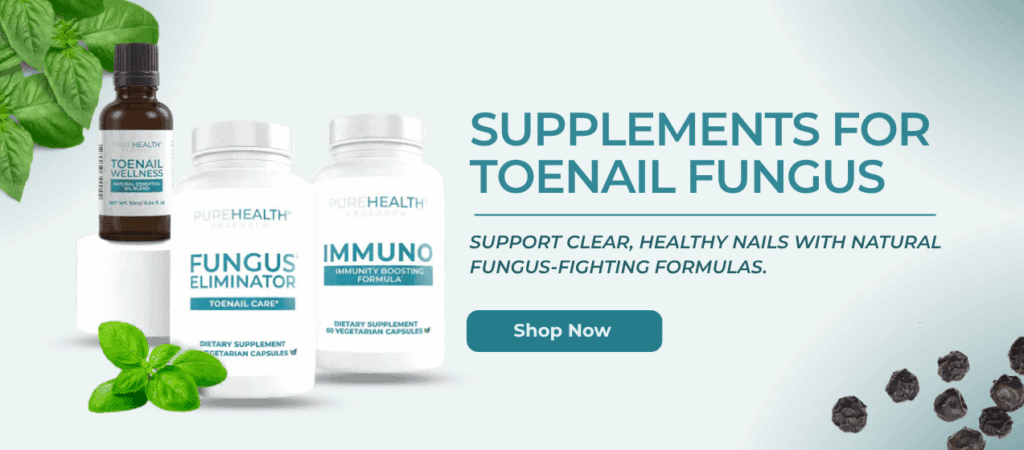
In addition, many formulas promote healthy new nail growth thanks to ingredients such as turmeric, BioPerine, and other botanicals that help maintain gut integrity and support the immune system. These compounds work together to combat fungal spores systemically while helping strengthen the body’s natural defenses.
Experience the benefits of nature with these powerful, natural solutions—often free from the harsh side effects that some prescription antifungals may cause. Take proactive steps to support clear, healthy nails the natural way!
Conclusion
Toenail fungus is a common pathogen that affects the toenails, thriving in warm, moist environments where keratin is abundant. Once it attaches to the nail, the fungus feeds on the keratin and penetrates deeper, causing nail damage, rough texture, and discoloration. As the condition progresses, symptoms may include increased nail thickness, discoloration ranging from yellow to black or white depending on the pathogen, growing discomfort, crumbling at the nail edges, nail disfigurement, and a foul odor. These symptoms typically worsen over time if left untreated. To help prevent fungal growth, it’s important to maintain good foot hygiene by keeping feet clean and dry, trimming nails properly, changing socks regularly, and avoiding the sharing of personal items such as shoes and nail clippers.
Toenail fungus progresses from early stages with minimal symptoms, to moderate stages with significant discoloration and thickening, and finally to later stages where the nail becomes severely deformed and detached from the nail bed.
Toenail fungus is caused by various fungi that thrive in warm, moist environments. Predisposing factors include foot sweating, older age, athlete’s foot, nail injuries, and exposure to damp public areas.
No, toenail fungus is a serious medical condition that can lead to discomfort, permanent nail damage, and potential spread to other parts of the body if left untreated.
Toenail fungus typically does not heal on its own and requires treatment to prevent it from worsening and spreading.
Popular Articles
Advertisement. This site offers health, wellness, fitness and nutritional information and is designed for educational purposes only. You should not rely on this information as a substitute for, nor does it replace, professional medical advice, diagnosis, or treatment. If you have any concerns or questions about your health, you should always consult with a physician or other health-care professional. Do not disregard, avoid or delay obtaining medical or health related advice from your health-care professional because of something you may have read on this site. The use of any information provided on this site is solely at your own risk.



